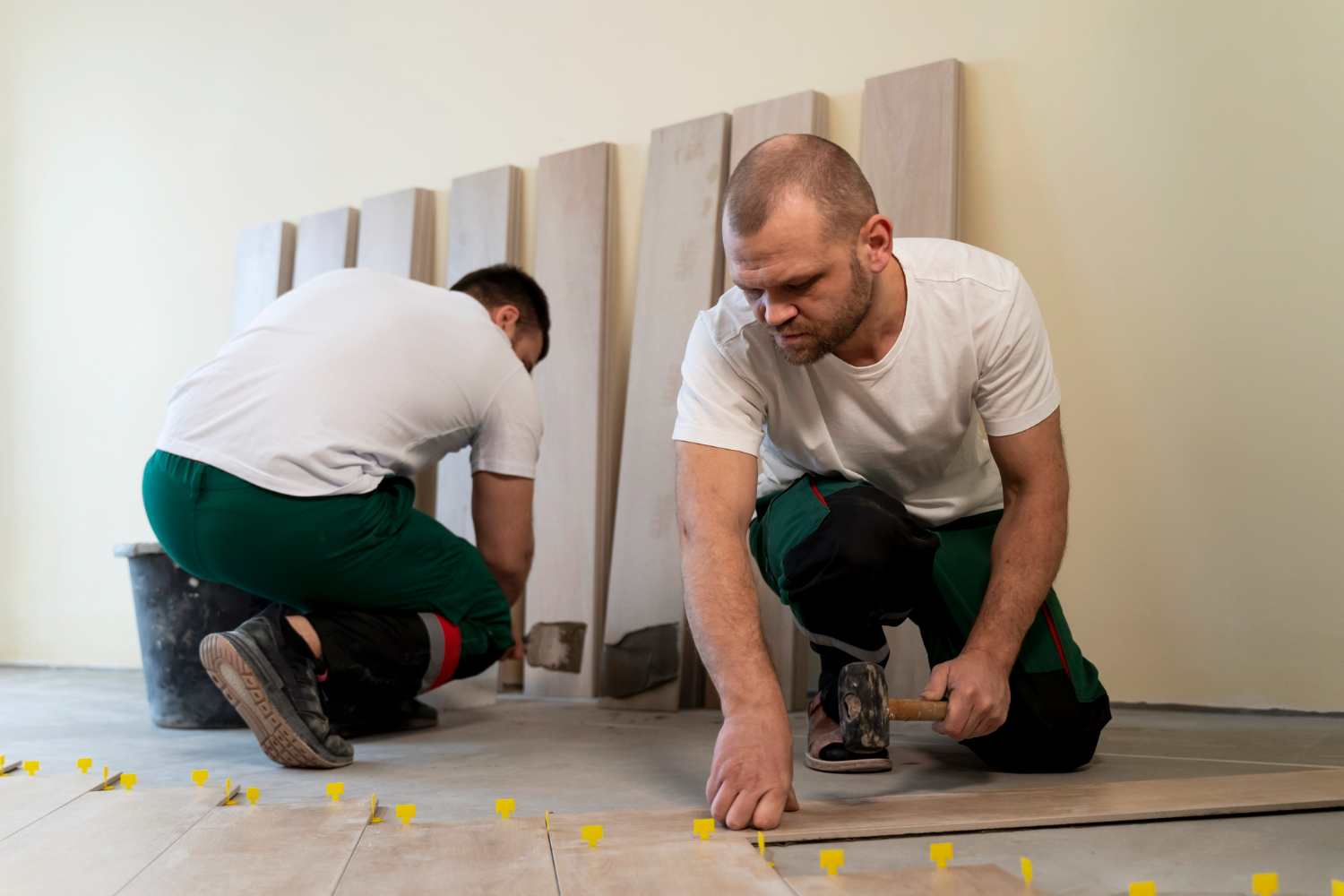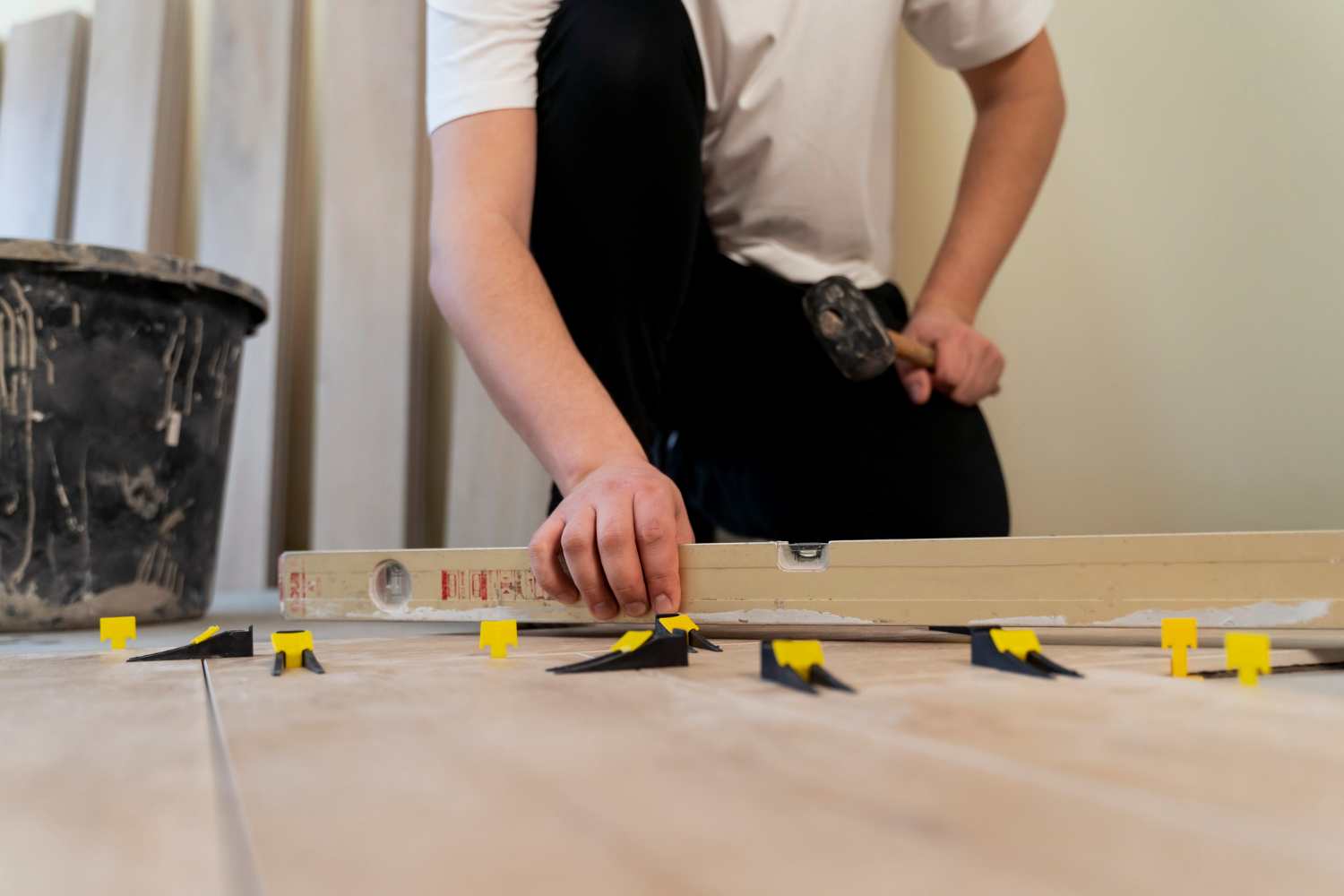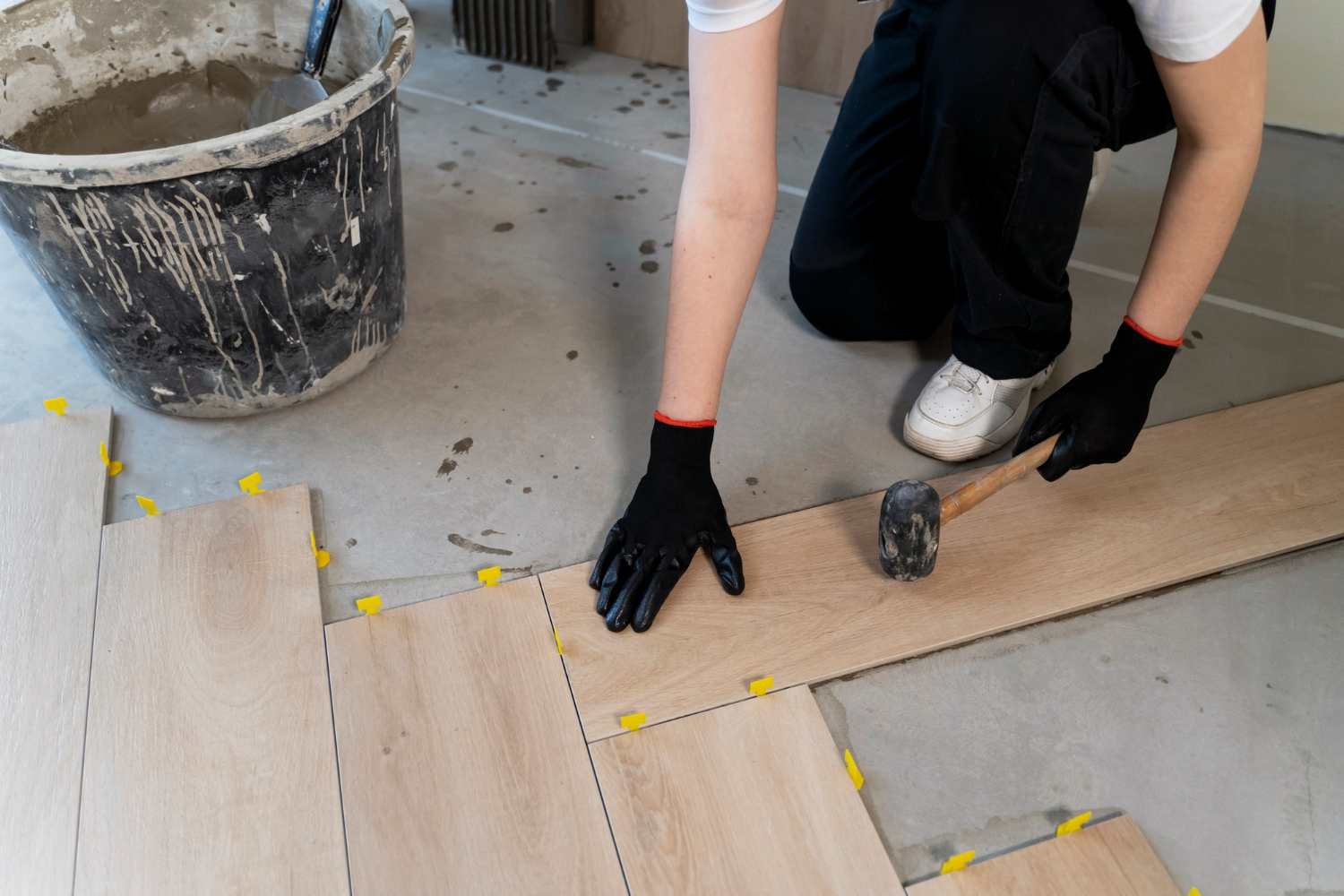
Order by phone 0121 433 3389
- FREE Samples
- Lowest Price
- Fast Delivery

Order by phone 0121 433 3389
All Carpets include FREE Fitting & FREE Delivery : Prices start from £3.99 m2

No matter how well you arrange to install your laminates, you may do it yourself, or an expert does it; nothing is as disappointing as realising that your newly laid laminate floor is already lifting.
If you have problems with lifting or buckling and would like to restore your floor to its perfect state, all you need is time and effort.
In this guide, you will learn how to repair lifted laminate flooring in easy steps. But first, we have to establish the primary reason behind the problem.
As you prepare to commence the repairs, you must ask yourself essential questions to determine why your laminate flooring is lifting. There might be many reasons for this problem, but identifying the cause is essential for an effective solution.
Evaluating these original factors, originating from moisture issues, installation failures and unsuitable ground, assessing them will assist in resolving the problem and its absence in the future.
Feel Free To Get In Touch With Us To Get A Quote Over Different Laminate Flooring Service

When repairing the lifted laminate flooring, it is important to take your time to find the root cause. Before the repair, it is important to figure out the root of the problem, as a different solution would be needed to solve the problem.
If laminate flooring was laid over an uneven substrate, incorrect installation may also be blamed for the planks’ lifting. Levelling the subfloor is the solution:
In those cases, it is better to turn to the flooring specialist, who can sand and reinstall it accurately. Before laying the laminate again, one is advised to apply an underlayment to make the surface finer and more rigid. Replace the laminate planks and place these deeply using a block and mallet.
Excess moisture is a common cause of laminate flooring lifting, as the planks can swell and rise:
The gaps visible on laminate flooring are contraction and expansion gaps that help the floor adjust to temperature changes and humidity levels present in a certain room. If these gaps are missing, the flooring may buckle and lift:
Feel Free To Get In Touch With Us To Get A Quote Over Different Laminate Flooring Service

If the above solutions seem too extensive or if the flooring has been severely damaged, it might be time to consider replacing the flooring
All these solutions relate to a certain cause of laminate flooring lifting. If it is an uneven subfloor, moisture damage or absence of expansion gaps, it will be easier to address this issue by addressing the root that caused it.
Whenever the job seems to get out of hand, especially given its complexity, flooring specialists such as JJ’s Flooring Services always help a lot.
Fixing lifting laminate flooring begins with determining the cause, which may be moisture, unfinished installation, or an irregular subfloor.
If you have a problem with the subfloor, you can use the following solutions to get the flooring back to its normal state: levelling the subfloor, managing the moisture, ensuring that expansion gaps are followed, or even replacing the subfloor, depending on the severity of the problem.
If the latter appears complicated, it is advisable to seek help from specialists who can help cope with the problem and avoid its repetition.
Quick Links
Categories
Address:
1428 Pershore Road Stirchley Birmingham B30 2PH
Mobile:
0121 433 3389
Email:
contact@jjsonline.co.uk
Copyright 2025 | JJ's Flooring | All rights Reserved.
Order in Confidence with Secure Online Payments
We accept all major credit & debit cards.